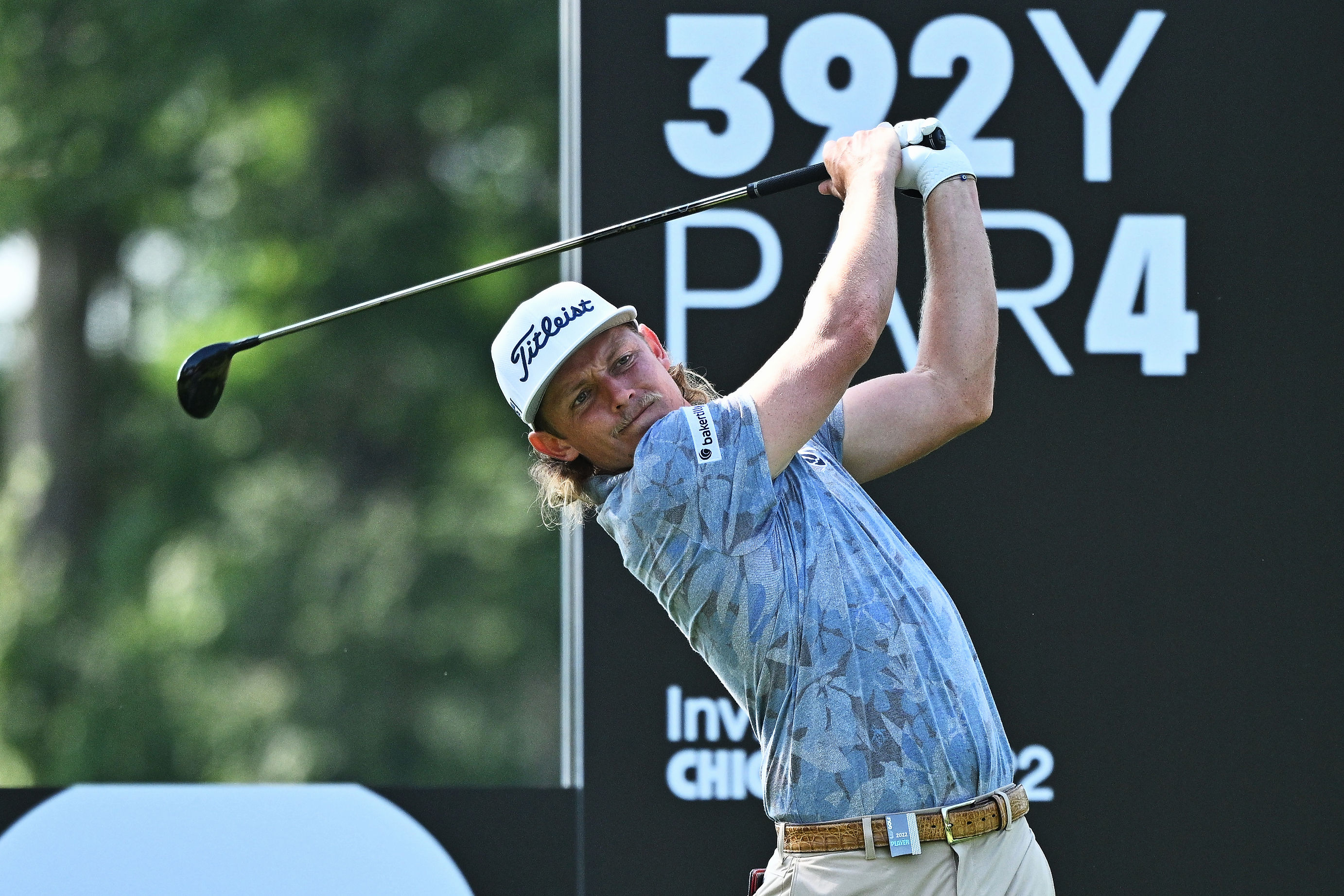More than a century before Instagram Reels, Twitter takeovers and highly-polished YouTube videos started being made, Harry Vardon signed a deal with Spaulding. The company paid him to tour the United States and play scores of exhibition matches using the brand new Vardon Flyer golf ball. That made Vardon, the winner of six British Opens, one of the first golf influencers.
In the years after he inked that deal in 1900, pros from Gene Sarazen to Jack Nicklaus to Joaquín Niemann have been signing lucrative sponsorship agreements with golf equipment companies.
The model for endorsement deals has not changed much since Vardon’s day. Companies pay players and supply them with equipment and technical assistance in exchange for the right to use their name, image and likeness in advertisements and commercials.
Players also agree to be involved in photo shoots, be available for a negotiated number of corporate functions and wear the brand’s logo on their bag, hat or shirt. Incentive clauses for things like winning a PGA Tour event, a major championship, finishing first on tour in driving distance and making a Ryder Cup team are also common.
Fulfilling the contracts is usually easy for pros because they just need to play golf, smile, shake a few hands and stay out of trouble, but with the emergence of the LIV Series, brands are being forced to reevaluate their marketing plans and reassess the value of players.

